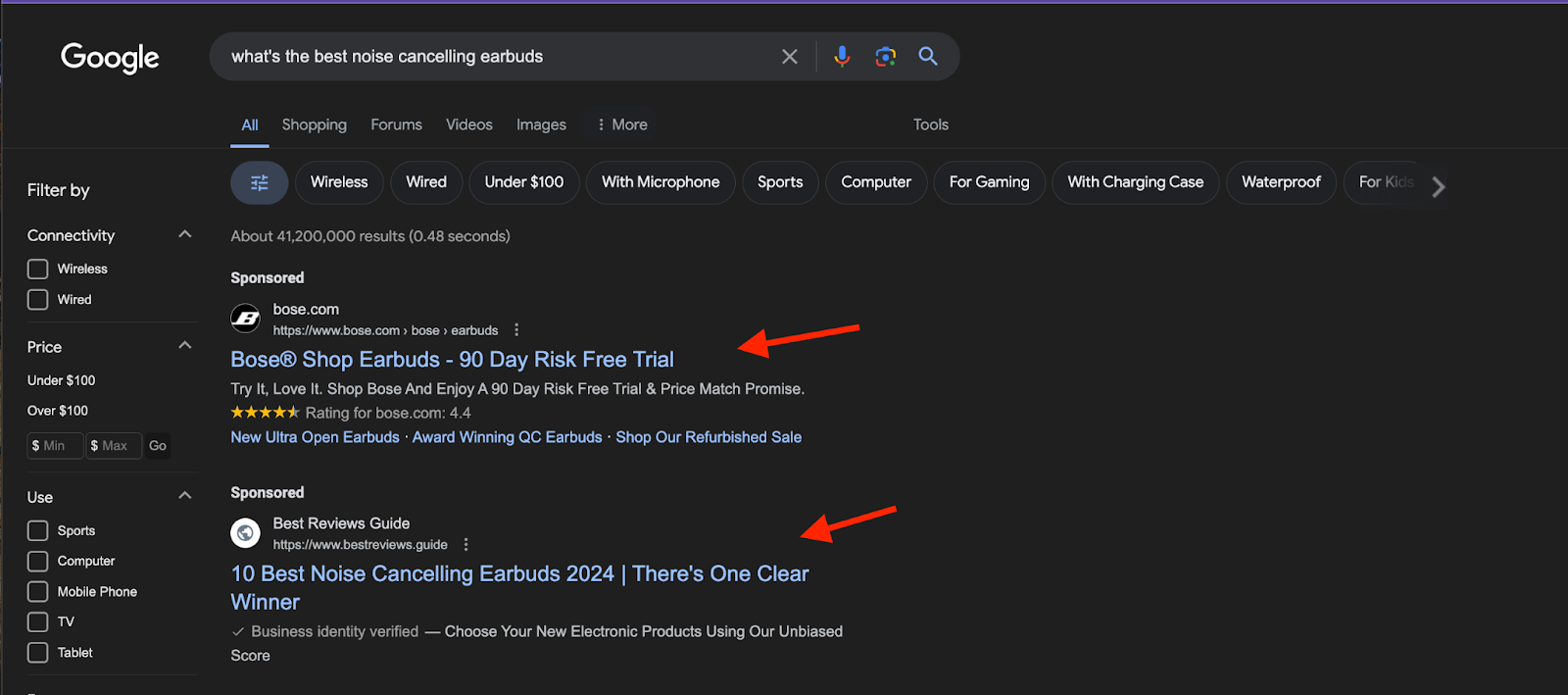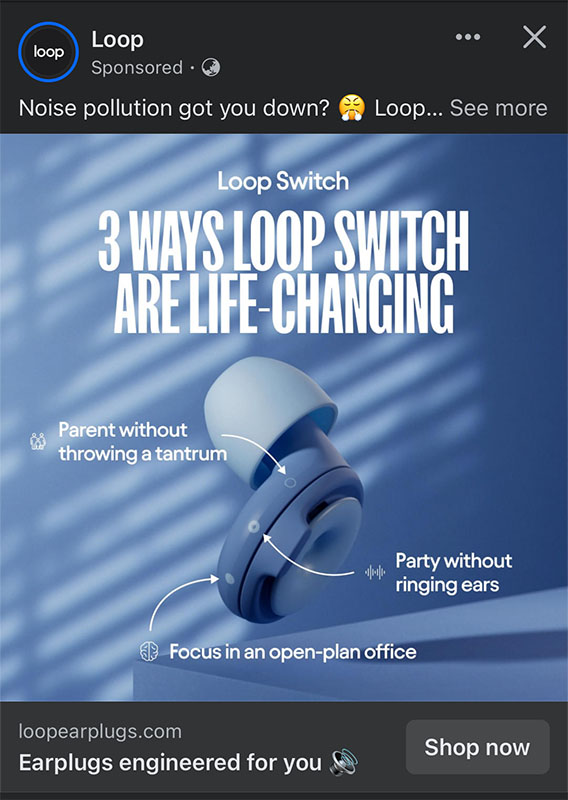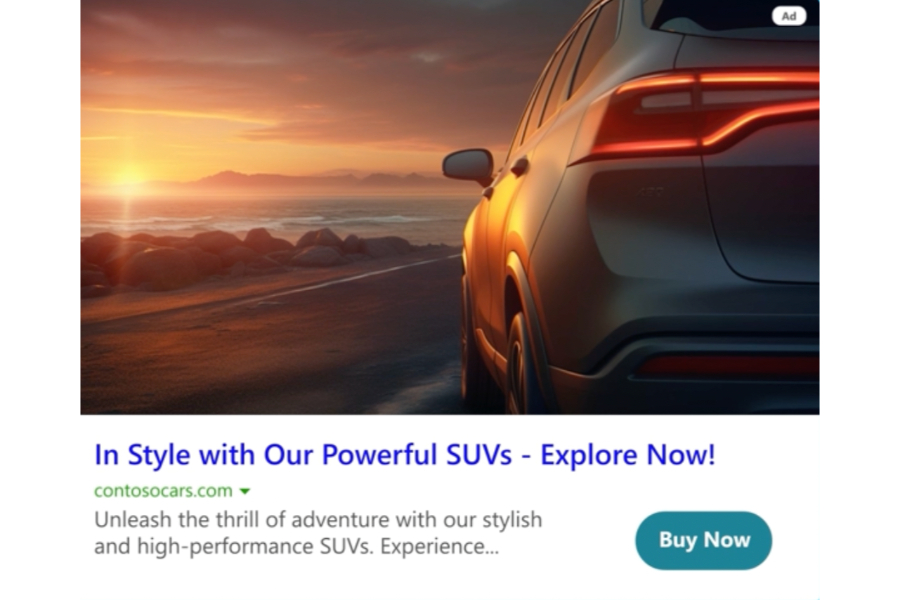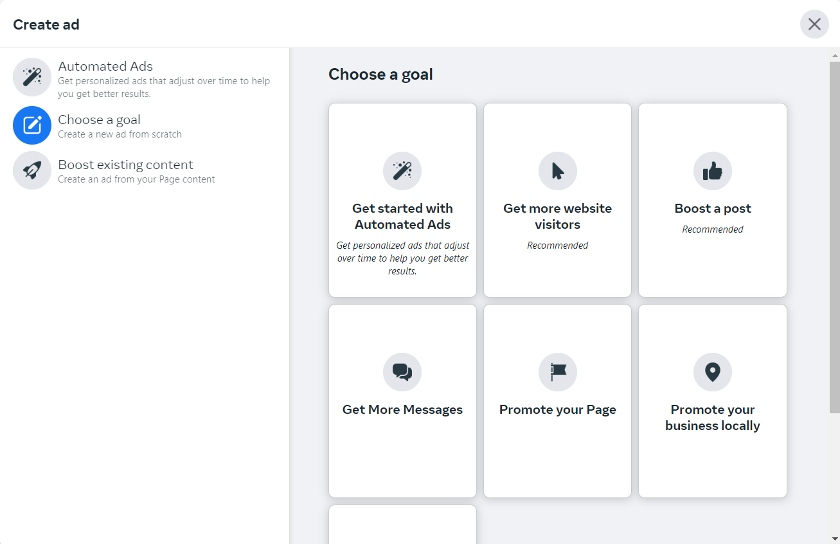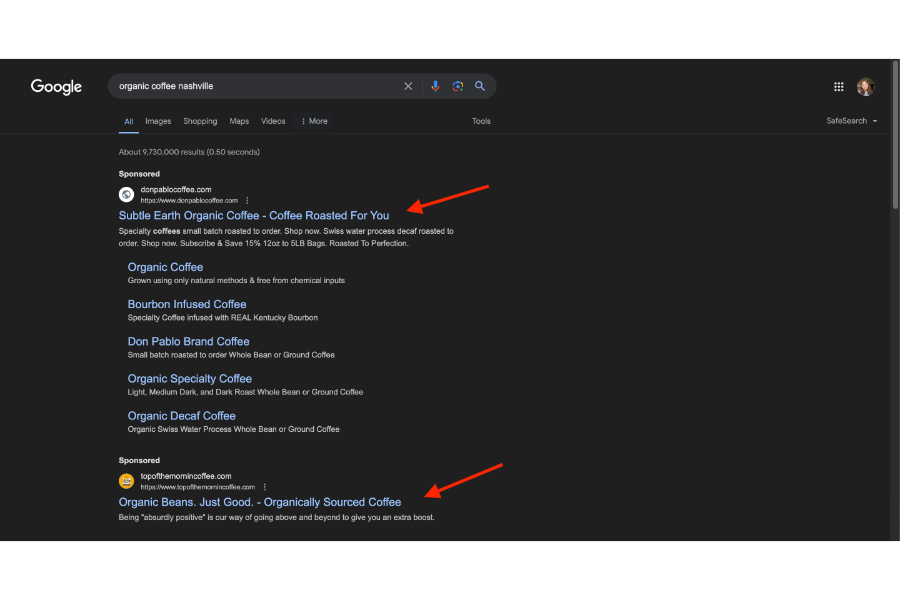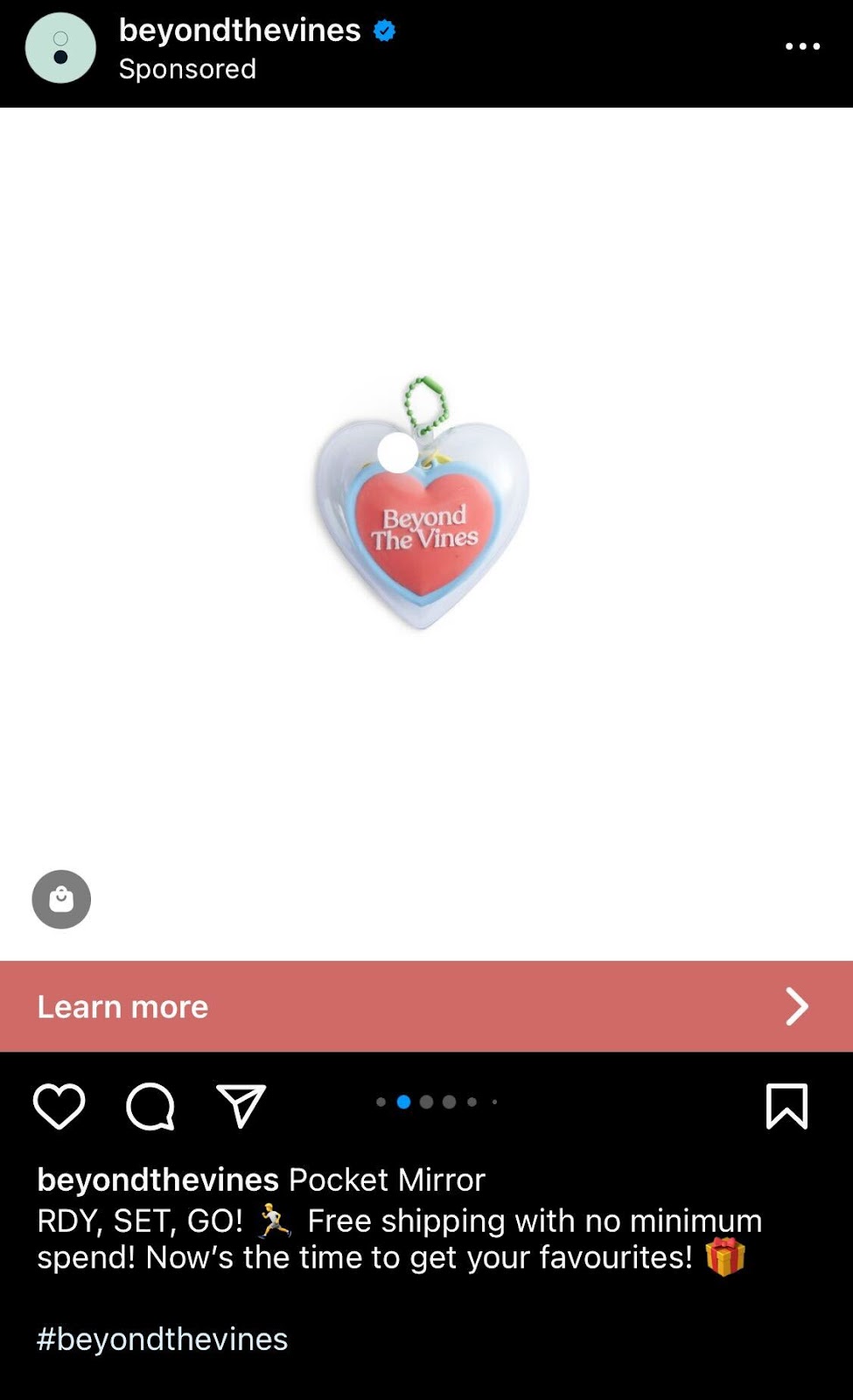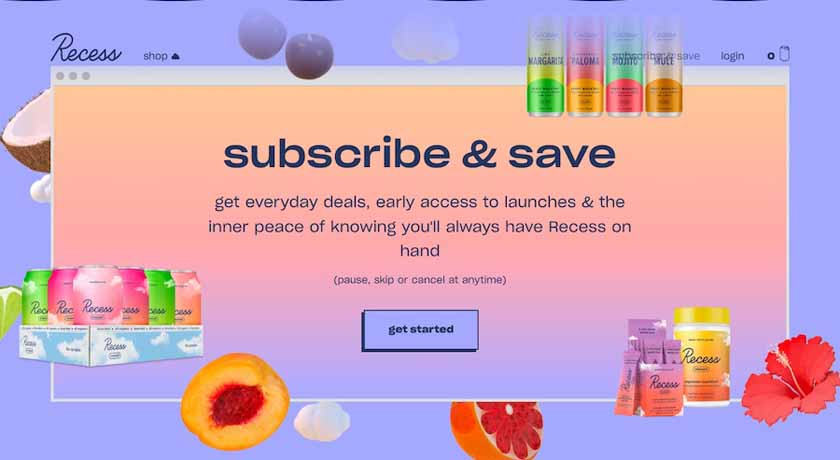If you’ve ever wondered how to do PPC advertising (pay per click advertising) for your small business—including how to get started and which platforms to run them on—you’re not alone. PPC advertising is a tested-and-proven way to get your brand in front of thousands of audiences and get them to take action. Here, we’ll go through how to get started with PPC advertising in six steps, from crafting your PPC strategy to setting up your ads.
PPC Advertising Strategy Template
To help you better understand the process of how to do PPC advertising, download the PPC strategy template below, which follows the steps in this article. Use it as a guide as you craft your PPC ads strategy.
What PPC Is and Why It’s Important
Before proceeding to the steps, you first need a clear understanding of what PPC advertising is and how it can benefit your business. PPC ads are paid ads on digital platforms, specifically search engines and social media. These are ads where you only pay for each click your ad receives, making it a cost-effective way to advertise your small business. They often come in the form of text-based ads in search results or as images and videos.
Another thing that differentiates PPC from traditional ads is that it lets you see how your ad campaigns perform immediately after they’re done. This gives you valuable data you can use to create more effective campaigns in the future. Plus, PPC ads have more precise audience targeting tools than traditional media outlets.
Beyond these, PPC marketing also offers many benefits for your business, especially in growing your brand presence. Here are some of its biggest advantages:
- Converting end-of-funnel customers: Sometimes, the biggest challenge in the marketing journey is getting your customers through the end of the sales funnel, where they convert into a lead or complete a purchase. PPC ads have proven consistently effective for generating conversions—getting audiences to complete an action within a specific time.
- Growing your brand awareness: Like traditional ads (aka billboards and print ads), PPC ads can get your brand in front of many audiences. You can even target the specific audiences you want to reach according to demographics, location, preferences, or online behavior.
- Increasing traffic to a website or page: PPC ads are also clickable, meaning you can lead audiences to specific landing pages like your website, an online store, or an event sign-up form. This also makes them effective for increasing website traffic to specific pages.
All these points illustrate that there are nearly no limits to the benefits you can get with PPC ads. Aside from their versatility, they’re also small-business-budget-friendly and simple enough for even beginners to manage.
So if you want to get started with a PPC strategy, you’re in the right place. Keep reading below for a step-by-step guide on how to do PPC advertising effectively for your small business.
How to Do PPC Advertising in 6 Steps
Learning how to do pay per click advertising may seem complicated, but it’s really all about crafting the right strategy to draw the most impact from your ad budget. This means selecting the right target audience, crafting the right ad content, choosing the best platform—and learning from your results. Below are the steps in more detail:
Step 1: Set Your Ad Objectives & Goals
The first step with any advertising or marketing campaign is to set your goals and objectives. We’ve detailed above how PPC advertising can be effective for multiple marketing objectives, and identifying them clearly before anything else is crucial to your campaign’s success. This is because your objectives guide the rest of your ad campaign, from its copy and visuals to its target audience
Here are some sample objectives you can set for your PPC ad campaign:
- Increasing traffic to your small business website (or other landing page)
- Increasing sign-ups for an event or a newsletter
- Garnering more social media followers
- Getting people to join a contest
- Promoting a limited-time offer to increase product sales
- Getting people to know about a new product or product line and visiting its product page
Aside from rounding out your objectives, it’s also important to set your numerical targets for them, so you can accurately measure your campaign’s effectiveness later on. For example, if your objective is to increase sales of your product, you might set a goal for a 25% sales increase over three months. Or, if you want more followers on your Facebook page, your goal is to add 100 followers each month, and so on.
Step 2: Research & Choose Your Ad Platform
After your objective, the second most vital aspect to your PPC ads is the platform you run them on. You’ll mostly find PPC ads on search engines like Google and Microsoft and on social media platforms. However, they’re also growing on ecommerce platforms like Amazon and Shopify.
Each of these platforms has a different set of audiences, ad types, and costs. For instance, Google has the widest reach as the world’s biggest search engine (and search engine marketing platform), while Amazon can connect you with lots of audiences with high purchase intent. Therefore, it’s important to choose only the platforms that serve your business’s goals instead of trying to advertise on them all, which will only lead to wasted ad spend.
For example, if you’re a direct-to-consumer (D2C) retail brand with a target audience of mostly Millennials and Gen Zs, Instagram is likely a good fit for your ads. Alternatively, if you’re selling software to older professionals, advertising on Microsoft will probably get you more returns. Research the platforms that best suit your brand and target audience.
When researching your platforms, also take note of their advertising tools. For instance, Facebook and Instagram have Meta, while Google has Google Ads. While these ad platforms have similar systems for the most part, they also have some specific differences, such as the ad types they support (more on this below) and their measurement metrics.
Step 3: Choose Your Ad Type
Once you’ve defined your ad’s objectives and platforms, the next step for how to do PPC marketing is choosing the best ad type or format based on those two factors. Each platform offers multiple types of ads you can run, each best suited for a specific objective. For example, on Google alone, you can run Search Ads to appear on search results, Display Ads for images or videos, or Shopping Ads to promote your products.
Here are the most common types of PPC ads you’ll most likely find in each platform:
- Search Ads: These are text-based ads that appear on top of organic search results on search engine platforms. They help you gain visibility based on certain keywords (for instance, if you have an organic cafe in Nashville and want people to see your website when they Google “organic coffee Nashville”). They’re available on Google and Microsoft.
- Product or Shopping Ads: These ads show your products as search results for users researching specific products on search engines and are therefore best suited for end-of-funnel audiences. So, if users were searching for organic coffee in Nashville, your products would also show up as results instead of just your website.
- Image and Video Ads: These are the most common ad formats as they’re available on search engines, social media, and ecommerce platforms, albeit under different names. These ads are clickable and can be targeted to specific audience sets.
While these are the basic ad formats for most PPC advertising strategies, each platform also offers other formats that are a combination of the above to create a unique customer experience. A good example is Facebook’s Instant Experience Ads, which appear as clickable images in users’ newsfeeds that lead to a custom full-screen landing page.
It’s important to choose the PPC ad platform and format that best serve your objectives. For example, if your main objective is to increase sales of your product, placing Product Ads on Google or Bing will likely be more effective than creating video ads on Facebook, where users are less inclined to make a purchase.
Finding the right match that balances all three aspects of your ad (platform, format, and objective) is the key to crafting an effective PPC strategy.
Step 4: Create Your Ad (and Landing Page)
With your objectives, platform, and ad type, the next step is to create your ad’s main content. This will depend on the type of ad you choose to run: if you’re running a Google or Bing Search Ad, you’ll only need to create your ad copy with your target keywords. Alternatively, if you’re creating an image or video ad, you’ll also need to produce those assets.
Here are some best practices to keep in mind for creating effective ad content:
- Keep your copy short but impactful: The most impactful PPC strategies always have ads with concise but impactful copy. Your audience will only see your ad for a millisecond, so it’s important that it immediately makes an impact. Research other ads to get ideas on what an effective copy looks like.
- Address your target audience’s wants and needs: Creating impactful ad content means addressing your target audience’s specific wants and needs, whether in your visuals or text. This means offering solutions to their problems and answers to their questions, encouraging them to click on your ad.
- Include the right keywords: Keywords are like links that connect your brand to your audience. Including the right keywords in your ad can help it be discovered by the right audiences and get you high-quality leads.
- Offer value, not products: Along with addressing your audiences’ needs, equally important is telling audiences how your product can benefit them, instead of simply telling them about your product. Marketing today is all about remaining authentic, even in your advertising. Customers want to feel a real connection with the brands they interact with.
After your ad’s content, you’ll also need to create its landing page. While this isn’t always necessary (for instance, if you want your ad to lead directly to your website), research has shown that ads with custom landing pages often perform better.
For example, if you want to increase newsletter subscriptions, a custom landing page instead of your regular sign-up form on your website will motivate users better, like in the example below:
To learn more about what effective landing pages look like, check out our list of the best landing page examples.
Step 5: Set Up Your Ad Campaign
After creating your ad content, you can start setting up your ad on your platform. The first step is to set up your business or advertising account on the platform, whether that’s Meta or Microsoft Advertising. This will also involve setting up your payment account for your ads (however, setting up a business account is 100% free).
Once you have a business account on your platform, you’re ready to set up your ad campaign. This mainly involves four parts: selecting your ad type, setting your ad budget, choosing your target audience, and selecting your keywords. Find out more about them below:
Because each platform offers multiple ad types, one of the first things your campaign will need is the type of ad you’ll be running. As outlined in step three above, this means choosing between Search, Display, or Shopping Ads on Google, Image or Reel Ads on Instagram, and so on.
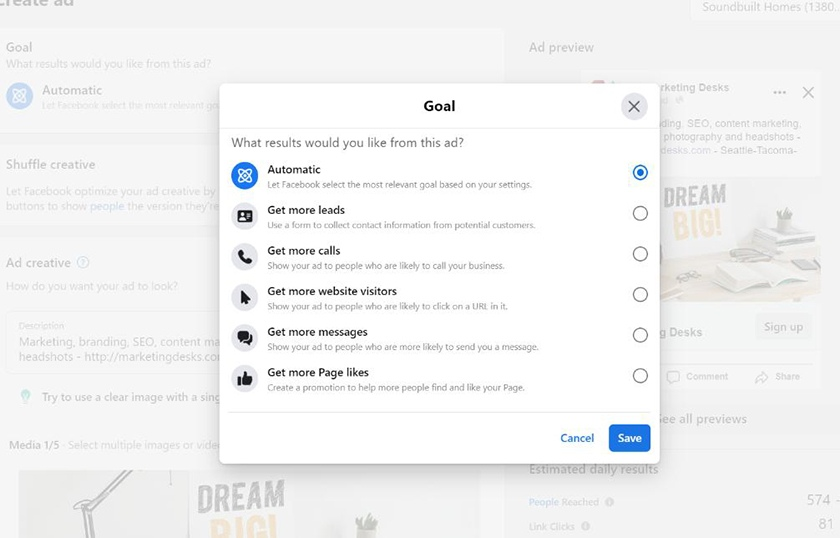
An example of choosing your ad campaign on Facebook
PPC ads are called “pay per click” because they operate on a set budget. Additionally, one of its best benefits is that it can suit any budget no matter how small. You simply set your ad bid for your entire campaign, and your ad platform will automatically adjust to it to get the best possible results. After setting your budget, you’ll also set its duration, or how long it’ll be live.
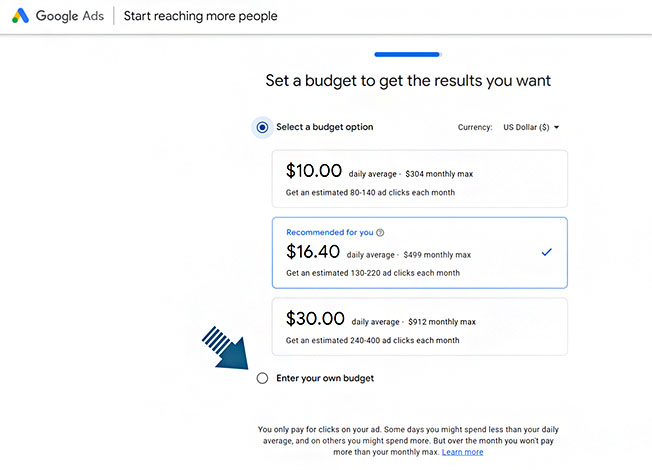
An example of setting your budget on Google Ads
Another benefit of building a pay per click strategy is the ability to target your audiences precisely, even more than with traditional advertising. With PPC ads, you can target audiences not only by their basic demographics, but also by their interests, behaviors, and even the websites they visit.
For example, on Facebook, you can target users who follow specific page categories (e.g., men’s apparel) or friends of users who follow your page. Find out more about advertising your small business on Facebook.
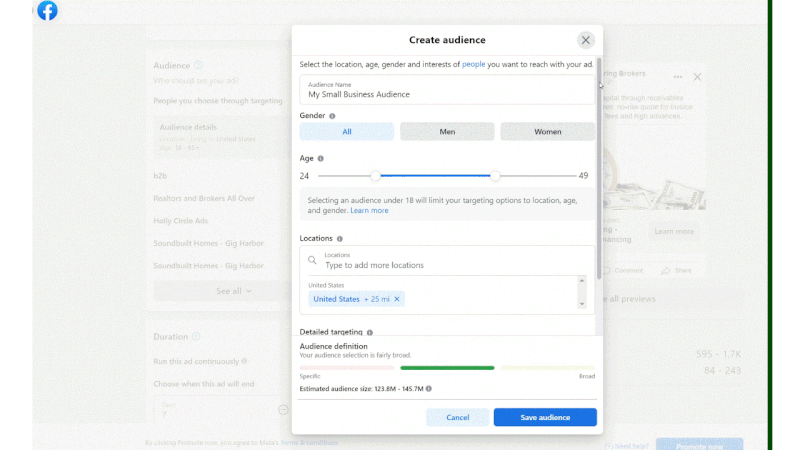
Here’s an example of how you can target your audience on Facebook ads.
Keywords are another essential part of your PPC campaign because they help you reach the audiences where your ad will be most relevant. The keywords you choose don’t always need to be the same words in your ad copy (although there will likely be overlaps). However, they need to be relevant to what your ad is promoting.
For example, if you’re promoting your organic cafe to our local community, some keywords you might include in your ad are “organic coffee” and “organic cafe near me.” To help you zero in on the best keywords for your ad, use keyword research tools like Semrush and Ahrefs.
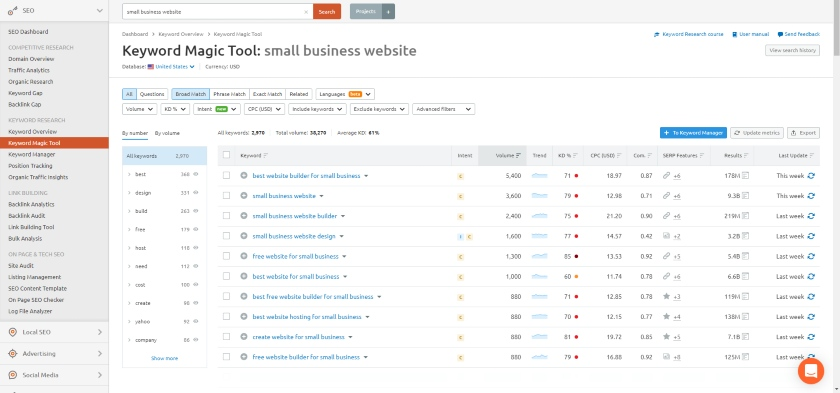
Keyword research tools like Semrush can help you target the most relevant keywords for your ad.
Step 6: Launch & Monitor Your Ad
Once you’ve set up your ad’s details, it’s ready to go live and public. When your ad is live, you’ll be able to monitor its progress inside your ad dashboard. You’ll see metrics like your ad’s click and conversion rates and other figures that help you track your ad’s performance.
Here are some of the most important ad metrics to take note of:
- Click-through rate (CTR): A click-through rate is the rate at which users are clicking on your ad and linking out to your landing page. Anything above 1% is usually a good CTR for ad campaigns.
- Impressions: These measure the total number of times your ad is seen by users. It’s most used for brand awareness campaigns.
- Conversion rate: The rate at which your ads get audiences to convert into leads. This is also a crucial metric for end-of-funnel campaigns because they indicate the effectiveness of your calls to action and landing pages.
- Return on ad spend (ROAS): This measures your campaign’s total revenue against your initial ad budget. A higher ROAS than your ad budget is an indicator of your ad’s success.
- Cost per click (CPC): This indicates how much it costs to get each click on your ad. The lower your CPC, the more efficient your ad. This varies with each platform because each has its own ad auction market.
- Cost per lead (CPL): This is similar to CPC but measures how much it costs for each lead your ad generates. Because leads are generally more difficult to generate than clicks, CPL usually costs more. It also varies for each platform.
Knowing these metrics is important because the process of how to do PPC advertising doesn’t simply end once your ad is live. You’ll also need to monitor its effectiveness against your objectives, identify any areas to improve, and even restrategize when necessary.
For instance, if you find that your Instagram Carousel Ads aren’t getting the clicks you want from your audience, you might consider a different ad format instead like IG Stories or Reels. Alternatively, you might find more luck on a platform like Twitter or TikTok. What’s important is to keep track of all your ads’ data to help you create more effective campaigns in the future.
PPC Advertising Best Practices
Knowing the basics of PPC advertising is only half the journey. Because it’s so dynamic a practice, much of PPC ads’ success hinges on crafting the right strategy for your objectives. Part of that is knowing some of the best practices for PPC ads, like using tools to optimize your campaigns. Here are other PPC advertising tips and best practices to keep in mind:
- Use keyword research tools to find the right keywords: Keywords are integral to your PPC ads because they connect you with your target audience—but only with the right keywords. The best way to help you find keywords is through keyword research tools, most of which are beginner-friendly and free to start.
- A/B test your ads: A/B testing is testing two versions of the same ad to see which resonates better with your audience. The variations can be as slight as a different copy or CTA. Some platforms have built-in tools that let you automatically A/B test your ad, or you can do it manually. Doing so can help you optimize your ad campaigns.
- Tailor your ad to your platform: No two PPC campaigns are identical because each platform’s ecosystem is unique. So if you’re running campaigns on multiple platforms, tailor your ad content to each one, even if you’re running the same campaign. For instance, you might use a friendlier tone for your Tiktok ad copy and a more formal one for Bing.
- Optimize your ads’ landing pages: This involves editing your ads’ landing page so it’s more effective at getting users to perform your desired action. They can be as simple as changing your page’s design or CTA copy.
- Use retargeting (or remarketing) strategies: Retargeting your ads can help you recapture previous customers or visitors back to your business. For instance, if users previously visited your website and then left, you can retarget your PPC ads to those users specifically to win them back. Find out more about how retargeting works.
- Partner with a PPC ad agency: Finally, sometimes it’s best to leave your PPC ads to experts in the field. If you feel more comfortable having marketing professionals handle your PPC strategy and ads, there are many digital marketing agencies that specialize in small businesses and have affordable pricing.
Frequently Asked Questions (FAQs)
To set up PPC advertising for your business, first set your advertising goals, whether it’s gaining brand awareness or more leads. Then, choose the ad platform and format that best suits your objectives; for example, choosing Search Ads on Google to increase your website traffic. Next, create your ad and set up your ad campaign on your platform, including setting your budget, audience, and keywords. Once it’s live, monitor and optimize your ad.
PPC is important to your small business if you want to get measurable results on a campaign in a specific amount of time. For example, if you want to increase sales during a seasonal promotion or increase signups prior to an event, PPC ads can get you wide audiences, traffic, or leads and conversions within a short time. PPC ads are important to support your organic marketing strategies to drive results on specific goals.
The main tools you need to start PPC advertising are creative tools to create your ad (if you’re doing a media ad) like Adobe Photoshop or Canva, keyword research tools to find the right keywords, and your PPC platform of choice—particularly, its advertising platform (i.e., Meta for Facebook and Google Ads for Google). Your PPC advertising platform will already have built-in audience targeting tools and ad bidding systems to set up and launch your ad.
Bottom Line
Learning how to do PPC advertising can bring many benefits to your small business, especially in helping you reach goals on specific campaigns. All it takes is a good strategy to back your ads and the right platform and format to suit your objectives. It’s also important to track all your campaign data to build more effective campaigns in the future. The pay per click tutorial above can help you get started on the right path with PPC advertising.

